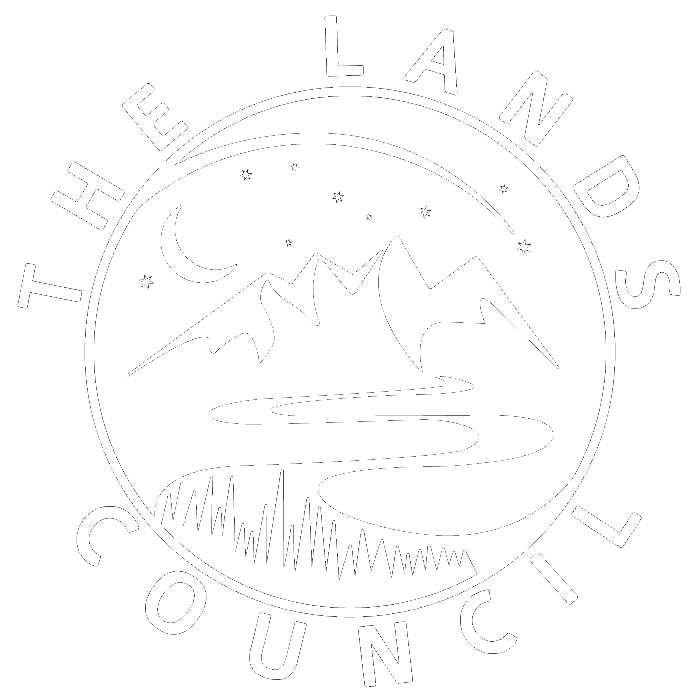By Lindsay Box
Composting is a simple way for everyone to make a BIG difference for the environment. By composting, you can fight climate change by reducing fossil fuel consumption from waste transportation and greenhouse gases produced in the landfill.
Almost half of the waste in landfills in organic or biodegradable. Food waste ends up in our landfills and produces methane - a greenhouse gas that is more potent that carbon dioxide. Methane contributes to global warming 25 times more than CO2!
On average, each American family produces 20 pounds of food waste per month. In a landfill, every pound of food waste generates 3.8 pounds of greenhouse gas emissions. That means the average American family produces 76 pounds of greenhouse gas emissions per month - which is equal to 50 gallons of gas! If all of the annual food waste was composted, it could reduce greenhouse gas emissions equivalent to taking over 2 million cars off the road.
Rather than generating methane, the composting process converts organic material into stable soil carbon, while retaining water and nutrients of the original waste matter. The result is carbon sequestration as well as production of a valuable fertilizer. Win win!
Here are some tips for how to start composting at home:
Choose a compost bin.
If you’re prepared to turn your compost every 1-2 weeks and you live in an area with access to outdoor space and carbon rich materials, enclosed bins or open compost piles could work for you.
If you live in an urban environment or your back isn’t ready for all that turning, compost tumblers or a worm composter are options worth considering
Choose a compost location.
Composting works best in semi-shaded areas, outside of direct sunlight and wind. Keep your compost pile away from trees, which can root into the pile to seek out water and nutrients.
It is best to choose a compost location that is convenient to you, yet out of direct sight so that it does not bother your family or neighbors.
Compost piles should be covered or kept out of reach of dogs and wildlife. A compost pile should not be placed next to any wooden materials, such as fences, as decomposition will cause decay.
Add your layers.
Lay twigs or straw first, a few inches deep. This aids drainage and helps aerate the pile.
Add compost materials in layers, alternating moist and dry. Moist ingredients are food scraps, tea bags, seaweed, etc. Dry materials are straw, leaves, sawdust pellets and wood ashes. If you have wood ashes, sprinkle in thin layers, or they will clump together and be slow to break down.
Spread a layer of garden soil (or any nitrogen source, i.e. grass clippings) on top.
Add water to moisten all three layers.
Cover.
Turn the compost every few weeks.
Once composting begins, it is up to you whether you would like to add to or maintain your current pile. You can add fresh materials and turn and water regularly during the warmer season.
For more information, check out:
https://www.sodgod.com/composting/
https://learn.eartheasy.com/guides/composting/


